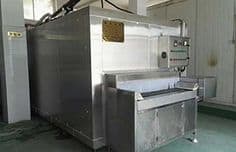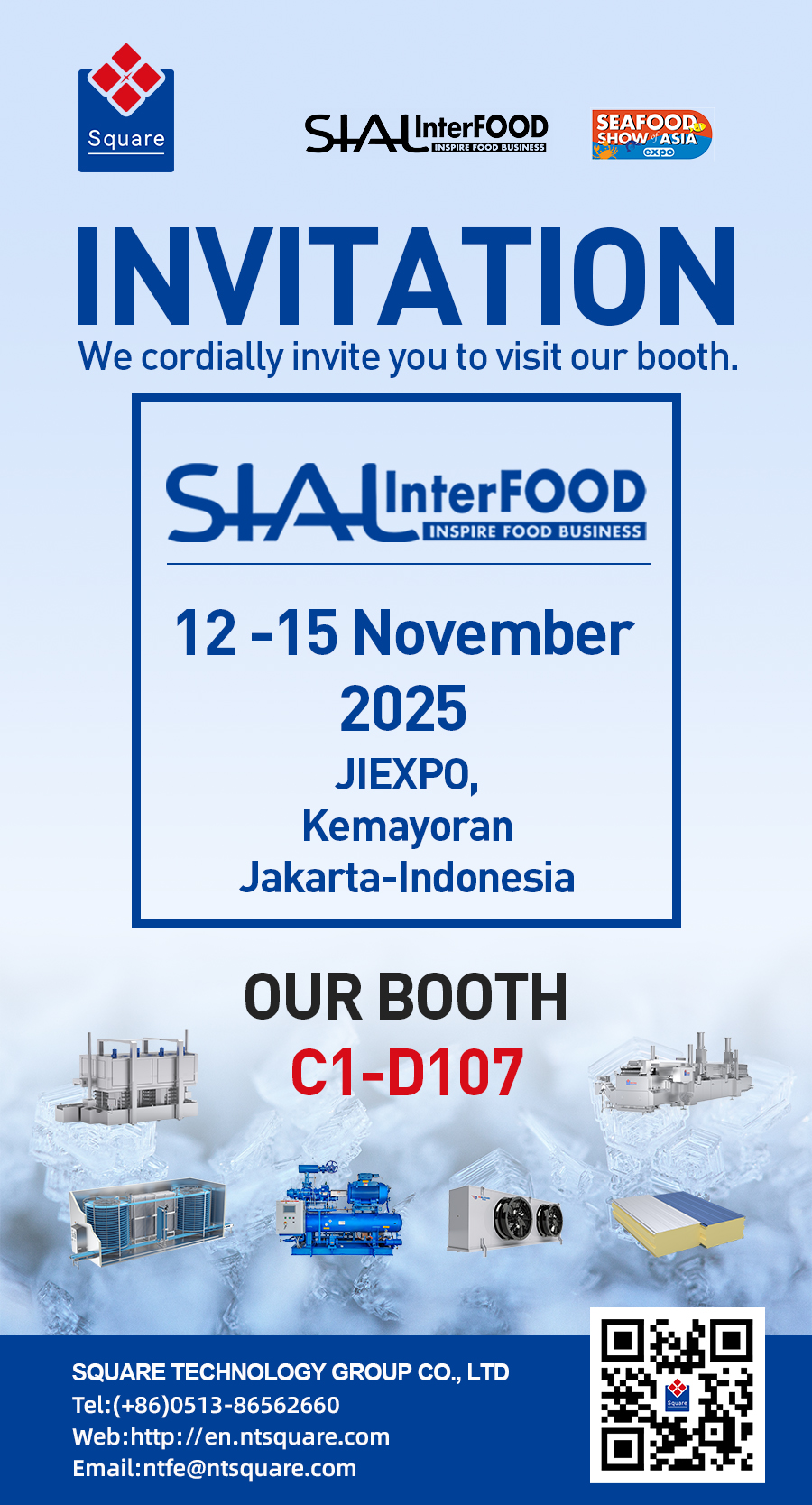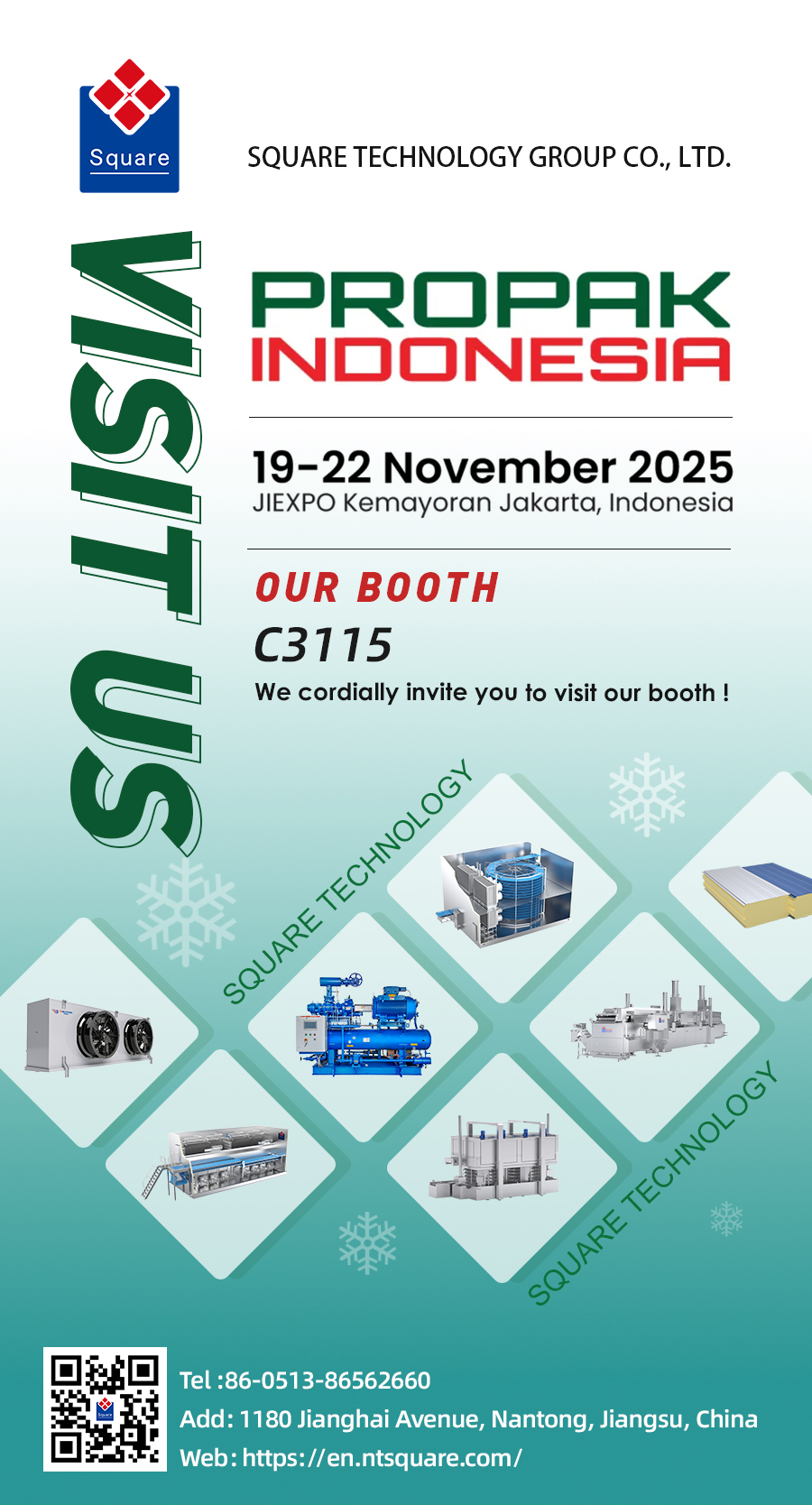Freezers that use less energy
Choosing energy-efficient freezers allows you to save money while also lowering your carbon footprint. Because these machines use insulation to keep cold air inside, they require less electricity to cool food.
Individual quick freezing (IQF) is an effective method for freezing foods individually in order to preserve their quality, texture, and flavor. It is faster and more energy efficient than traditional freezing procedures, because it avoids the production of huge ice crystals, which can damage the food’s cells.

Source: https://i.pinimg.com
1. IQF Machine
Individually quick frozen (IQF) is a cutting-edge technique that allows food components to be frozen separately from one another. This method is an excellent way to preserve quality and flavor while lowering total food production costs.
This technology is growing more popular as consumers’ preference for high-quality frozen foods grows. It is also an excellent approach for restaurants, cafeterias, and caterers to ensure consistent processing of small, delicate goods that are frequently damaged by traditional block freezing processes.
Because it employs air pressure to keep the product separate, the IQF machine is more energy efficient than conventional quick-Plate Freezer machines. This helps to retain the product’s quality and prevents leaking. This implies that the IQF machine requires less heating than typical freezers, which is a significant consideration when it comes to energy efficiency in your processing business.
The IQF machine is the finest solution for your business whether you want to freeze fruits, vegetables, or meats. It is more energy efficient than conventional quick-freezing equipment and provides numerous advantages to your company.

Source: https://i.pinimg.com
2. Mechanical Freezer
A Mechanical Freezer operates on a conventional industrial refrigeration cycle and one of the commonly used refrigerants, such as ammonia or carbon dioxide. In general, these freezers use less energy than cryogenic systems.
Cryogenic freezing is primarily utilized for individual quick frozen (IQF) goods such as chicken wings, peas, and other bulk packaged foods that require preservation. However, this method of freezing necessitates large amounts of refrigerant, which can be expensive.
Mechanical freezers require more capital than cryogenic systems, although they are widely regarded as the most cost-effective alternative in the long run. This method of freezing is also more adaptable, as temperature, airflow, belt mesh, and flow configuration may all be adjusted to suit a wider range of product kinds. Consider Fluidized Bed Freezer as well.
3. Freezer with Liquid Nitrogen
Liquid nitrogen freezers employ a confined liquid nitrogen system to quickly achieve precise and ultra-cold temperatures. Because they do not require a mechanical compressor, they are more energy efficient than other quick-freezing machines.
In addition, liquid nitrogen freezers are more dependable and secure than other methods of frozen storage. They do not rely on typical mechanical refrigeration systems, which might fail and cause power outages.
They are easier to access and load for a user, and they are easy to clean. Furthermore, unlike most other types of quick-freezing equipment, they do not use flammable or explosive refrigerants.
One downside of vapor-phase liquid nitrogen refrigerators is the potential of nitrogen vapor leaking into the air. This can result in low oxygen levels, which can injure employees and lead to death.
4. Ammonia-CO2 Cascade System
Ammonia-CO2 Cascade Refrigeration System are an effective method of increasing energy efficiency in quick-freezing equipment. The two refrigerants are used to draw heat away from each other and chill the evaporators.
This allows them to use less energy than other quick-freezing machines, even when only partially loaded. They can really consume up to 20% less energy than a standard booster system.
The NH3/CO2 cascade method also reduces the size of ammonia charges, which is essential in many nations and states where ammonia charges are limited to 10,000 pounds per facility. This implies that ammonia will be contained in the machine room rather than throughout the facility, making it considerably safer for employees.
The NH3/CO2 cascade system is being used all over the world and is quickly becoming a popular solution. This technology assists food processing plants in lowering their energy costs while preserving production and quality. It can assist them in meeting EPA and OSHA rules.




